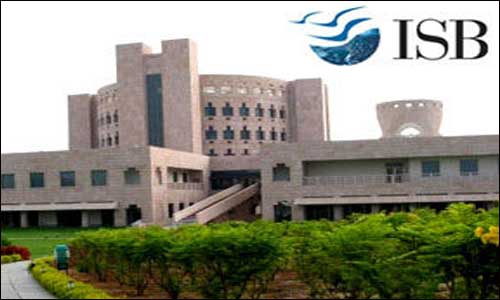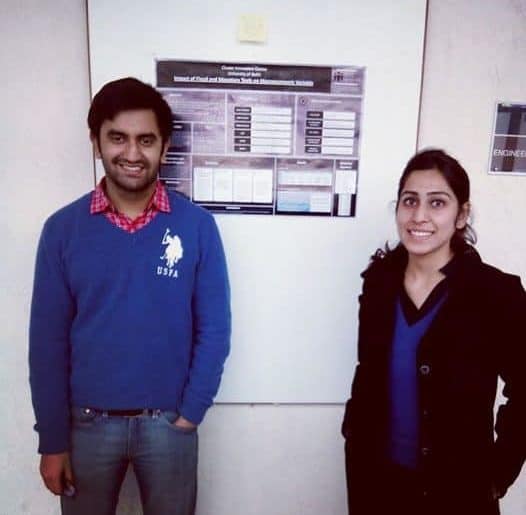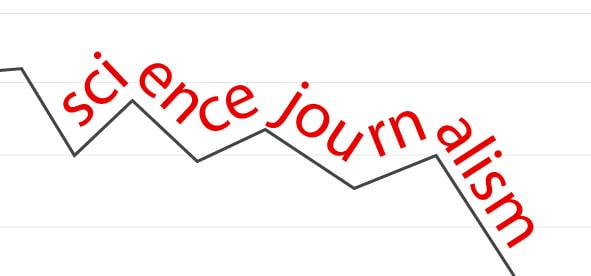The Young Leader’s Programme (YLP) at the Indian School of Business (ISB) is a coveted programme which makes its students eligible for guaranteed admission to the much sought-after one year Post Graduate Programme (PGP) at ISB, contingent upon completion of 21 months of work experience. To be considered for admission, you must be in the penultimate (pre-final year) year of graduation.
At YLP, students are exposed to technical workshops and stimulating sessions which form part of a structured learning programme that will equip them with technical and soft skills. This helps them make the transition from a student life to a competitive professional environment smoothly.
The students are thoroughly prepared for the ISB PGP programme two years later. During the two years of YLP, students need to have worked for at least 21 months to move on to the ISB PGP. The programme requires students to do the job-hunting on their own. On completion of the work experience, the students join the ISB PGP and become a regular part of it.
Students of YLP are also granted a waiver of Rs.1 lakh in addition to the existing need and merit waivers. The institute also makes available corporate scholarships which all students can contest for.
The admission process is a rigorous one. “Only 70 odd students from all over the world make it to the Indian School of Business through its Young Leader’s Programme,” says Mayank Arora, an offer holder. The entire process lasts for roughly six months. As part of the screening process, the aspirants have to submit an essay and a video presentation.
Shreya Juneja, a student from the Cluster Innovation Centre who got her acceptance letter, explains, “The second stage includes submitting your GMAT scores, letters of recommendation and other documents which effectively demonstrate your academic and extracurricular achievements.”
This is followed by on-campus selection at ISB and a case study round. By October, students have their admission offers in hand. So, even as they are in the final year of graduation, the selected applicants have an admission offer waiting.
To set one’s application apart, an applicant should have a stellar academic record and should also exhibit excellence beyond academics. It provides an excellent platform for those who wish to pursue an MBA after graduation.
The application deadline for Stage 1 is March 15, 2015. You can take a look at all the details here.








